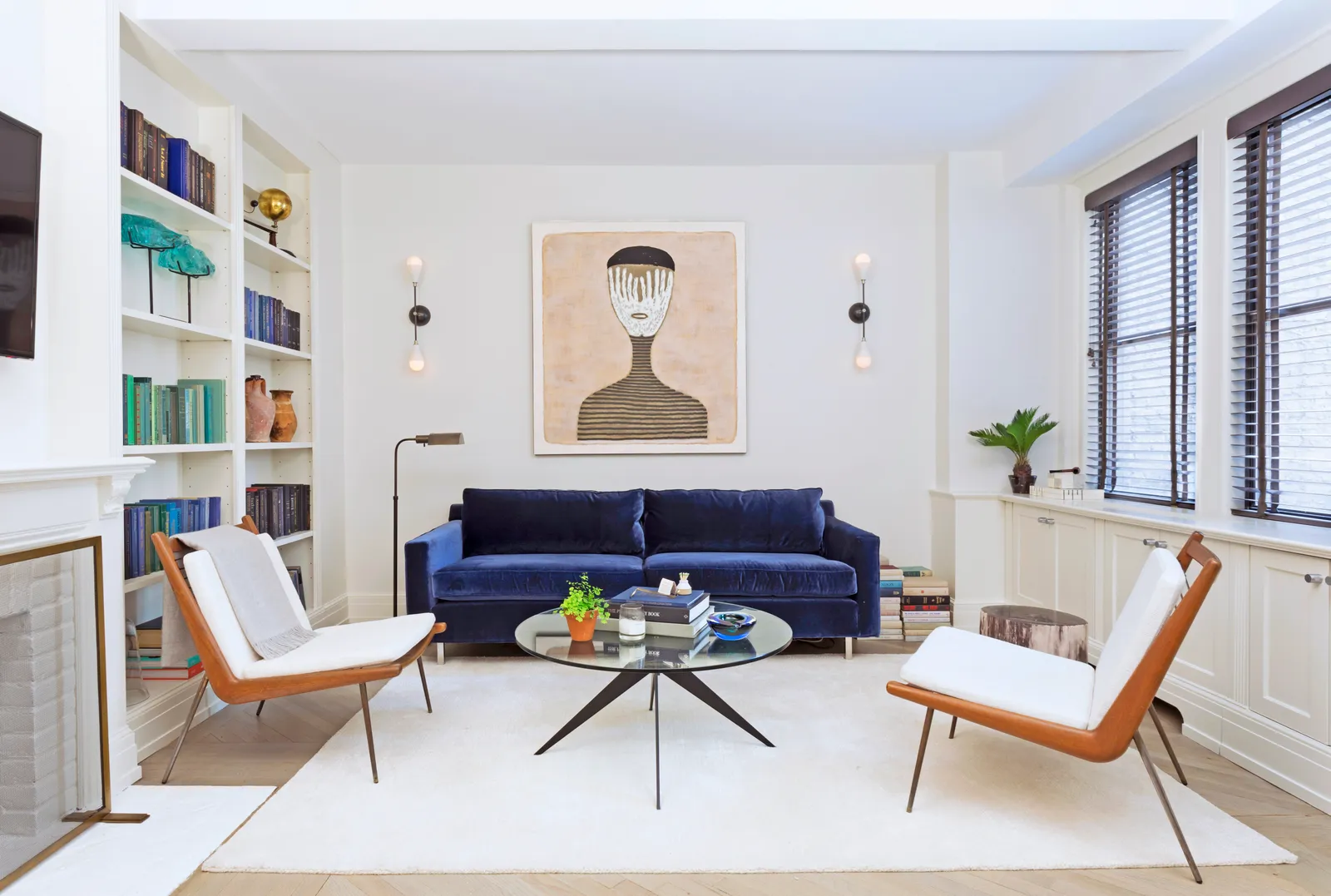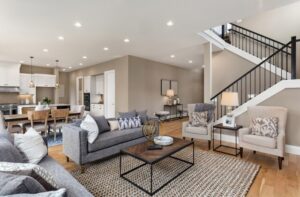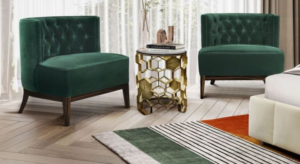Living in a small space doesn’t mean sacrificing style or comfort. With the right strategies, you can turn even the tiniest apartment into a chic, functional haven. Whether you’re a tech-savvy consumer, a sustainable shopper, or simply a home decor enthusiast, these tips are tailored just for you. Let’s explore how to make every square inch count!
Introduction
Living in a small space presents unique challenges. But with the right approach, these challenges can become opportunities for creativity and innovation. In this post, we’ll provide you with practical, actionable tips to maximize your small living area. From smart furniture choices to clever lighting tricks, we’ve got you covered. By the end, you’ll be equipped with the knowledge to transform your home into a stylish, efficient space.
Understanding Your Space
Before you start redecorating, it’s crucial to understand your space. Measure each room meticulously and analyze how you use each area. This will help you identify underutilized spaces and potential problem areas. Use tools like floor plan apps to create a visual layout. This initial step lays the foundation for all your subsequent design decisions.
Key Points for Measurement
- Measure the length, width, and height of each room.
- Note the location of doors, windows, and electrical outlets.
- Identify any architectural features that could affect furniture placement.
Analysis Tips
- Observe the flow of movement through each room.
- Determine which areas receive the most natural light.
- Consider how you currently use each space and what activities you want to accommodate.
Utilizing Multi-Functional Furniture
Multi-functional furniture is a game-changer in small spaces. Pieces that serve more than one purpose can drastically reduce clutter and free up valuable floor space. Look for items like sofa beds, storage ottomans, and expandable dining tables. These versatile pieces not only save space but also add a touch of ingenuity to your home.
Popular Multi-Functional Pieces
- Sofa beds that transform into guest beds.
- Coffee tables with hidden storage compartments.
- Fold-down desks that double as wall art.
Benefits
- Maximizes floor space by reducing the number of furniture pieces needed.
- Increases storage options without compromising style.
- Offers flexible solutions for changing needs.
The Power of Vertical Space
When floor space is limited, look up! Vertical space is often underutilized but can provide ample storage and display opportunities. Install shelves, hooks, and hangers to make the most of your walls. This strategy not only saves floor space but also draws the eye upward, creating the illusion of a larger room.
Vertical Space Ideas
- Floating shelves for books, plants, and decorative items.
- Wall-mounted hooks for coats, bags, and accessories.
- Hanging planters and vertical gardens for a touch of greenery.
Implementation Tips
- Use sturdy brackets and anchors to ensure safety.
- Organize items by frequency of use, keeping everyday essentials within easy reach.
- Balance functionality with aesthetics by choosing stylish shelving units and hooks.
Strategic Lighting
Lighting plays a crucial role in small spaces. Proper lighting can make a room feel larger, warmer, and more inviting. Use a combination of ambient, task, and accent lighting to create a balanced, well-lit environment. Mirrors are another excellent tool for amplifying light and creating the illusion of space.
Types of Lighting
- Ambient lighting for overall illumination.
- Task lighting for specific activities like reading or cooking.
- Accent lighting to highlight artwork or architectural features.
Tips for Effective Lighting
- Place lamps and light fixtures strategically to avoid dark corners.
- Use dimmers to adjust the mood and functionality of the space.
- Incorporate reflective surfaces like mirrors and glossy finishes to enhance light distribution.
Playing with Colors and Patterns
The right colors and patterns can significantly impact the perception of space in a small room. Light, neutral colors tend to open up a space, while darker shades can make it feel more confined. However, bold colors and patterns used strategically can add personality and depth.
Color Strategies
- Use light, neutral colors on walls and larger pieces of furniture.
- Introduce pops of color with accessories like cushions, rugs, and artwork.
- Consider an accent wall to draw attention and add interest.
Pattern Tips
- Opt for small-scale patterns to avoid overwhelming the space.
- Use vertical stripes to elongate the room and horizontal stripes to widen it.
- Mix and match patterns carefully to maintain a cohesive look.
Decluttering and Organizing
Clutter is the enemy of small spaces. A well-organized, clutter-free room not only looks better but also feels more spacious. Invest in smart storage solutions and adopt a minimalistic approach to keep your home tidy and functional.
Decluttering Tips
- Regularly assess your belongings and donate or discard items you no longer need.
- Use storage bins, baskets, and organizers to keep similar items together.
- Implement a one-in, one-out rule to prevent accumulation.
Organization Strategies
- Utilize under-bed storage for seasonal items and extra linens.
- Install shelving units in closets to maximize vertical space.
- Label containers and storage areas for easy identification and access.
Sustainable and Tech-Savvy Solutions
Incorporating sustainable and tech-savvy solutions can make your small space more efficient and environmentally friendly. Opt for eco-friendly materials and energy-saving devices to reduce your carbon footprint while enhancing your home’s functionality.
Sustainable Choices
- Choose furniture made from reclaimed or sustainably sourced materials.
- Use energy-efficient LED bulbs and appliances.
- Incorporate indoor plants to improve air quality and add a natural touch.
Tech-Savvy Solutions
- Smart home devices to control lighting, temperature, and security.
- Space-saving tech gadgets like foldable keyboards and compact speakers.
- Apps to help you stay organized and manage your space effectively.
Personalization
Personalizing your small space is essential to make it feel like home. Incorporate elements that reflect your personality and style. This can include artwork, family photos, and unique decor items. Remember, a personalized space is a happy space.
Personalization Ideas
- Display personal mementos and souvenirs from travels.
- Use custom-made furniture or DIY projects for a unique touch.
- Rotate decor items seasonally to keep your space fresh and interesting.
Tips for Personalization
- Balance personal items with functional pieces.
- Avoid overcrowding surfaces; opt for a curated display instead.
- Ensure that each item has a designated place to maintain organization.
Conclusion
Maximizing a small space is all about creativity, organization, and smart design choices. By understanding your space, utilizing multi-functional furniture, and incorporating sustainable solutions, you can create a stylish, efficient, and personalized living area. We hope these tips inspire you to transform your small space into a haven of comfort and style.


